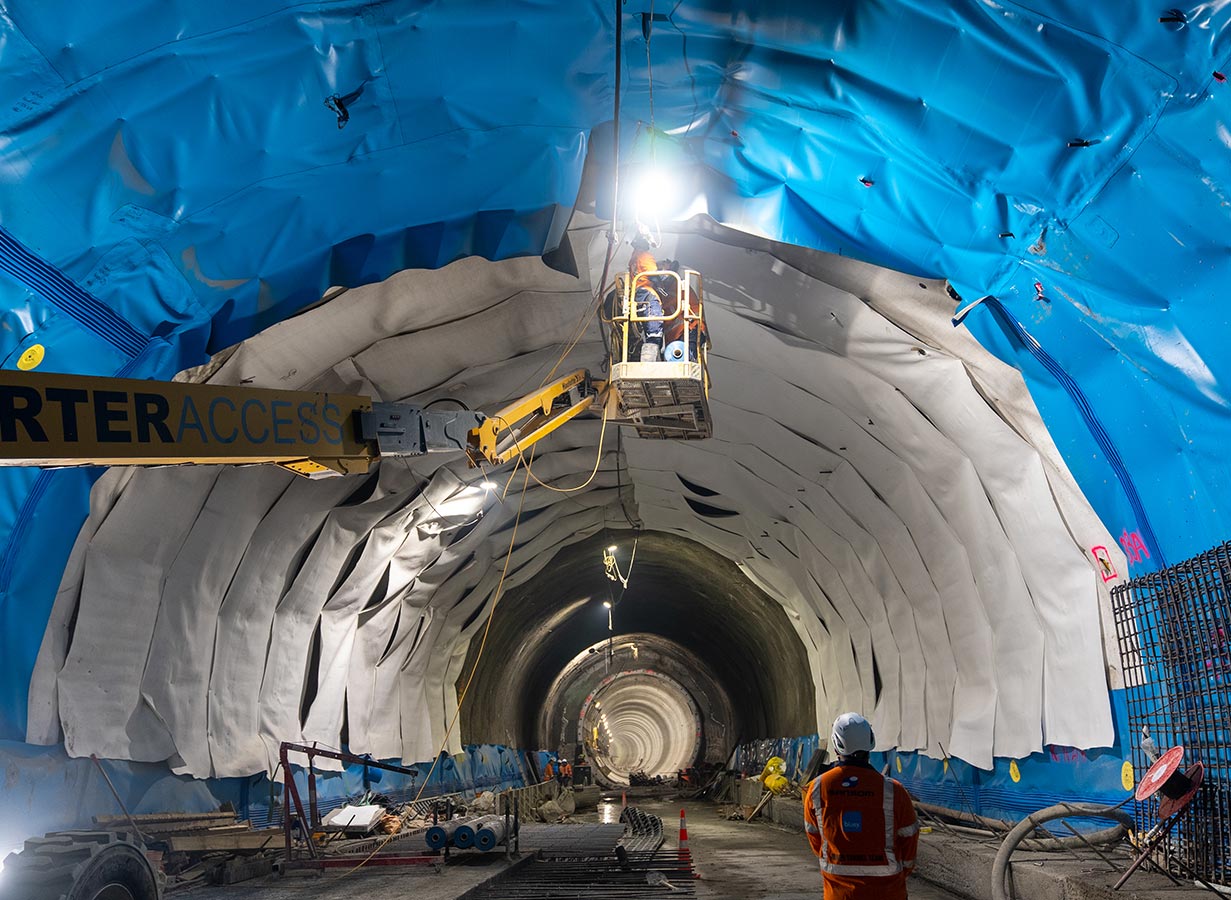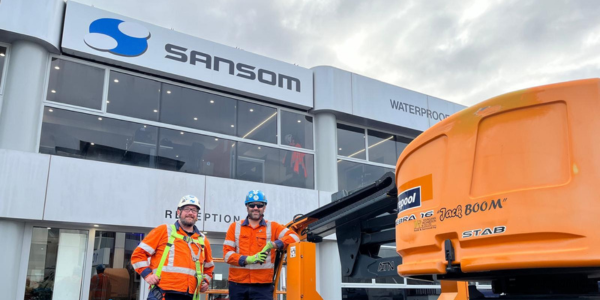Concrete is a cornerstone of construction – a steadfast and durable material that provides the backbone for countless structures.
Yet, despite its robustness, it’s not immune to the passage of time.
From a subtle hairline crack to severe structural damage, the wear and tear of concrete can often be deceptive. Understanding the issues and consequences of concrete from the start is crucial.
And while concrete is repairable, the real question is: can you afford to wait?
Don’t ignore even the smallest crack
Like any problem that is ignored, a crack in concrete starts off small and grows and grows, until it becomes a problem that is impossible to ignore – like a chunk of concrete falling off.
This is, unfortunately, not so uncommon. Recently, a building in Auckland experienced a piece of concrete breaking off and falling from the third floor of their building and landing on the pavement below.
In order to repair the damaged area of concrete, about 30% of the building’s façade needed to be removed and recast. On top of that, a little fact many seem to forget is that repairing concrete is loud. While our team always ensures to work to schedules that lead to as little disruption as possible, there is no avoiding the sound of a jackhammer against a slab of concrete.
However, aside from the cost, the noise, and the time spent repairing, there is a very good reason to maintain even the smallest crack in your concrete – it could fall off and actually kill someone.
While in this particular case, that luckily didn’t happen. If it had, not only would it have caused irreparable damage, but they would have been liable.
What happens?
The problem we often see with concrete repairs isn’t that we need to do a small repair on a crack. It’s that we need to repair a crack that’s been left for too long.
Leaving concrete unmaintained for too long leads to corrosion, and corrosion is a detrimental disease to structures. And that disease will continue to spread.
In Auckland, being close to the ocean means there are more corrosive elements in the air that can damage concrete. These corrosive elements can get into the concrete and reach the steel inside. The steel will then expand and corrode, eventually popping the concrete off altogether.
Water getting into cracks is another problem. Small cracks can get bigger, letting in more water. This water can damage the steel bars inside the concrete.
The end result isn’t just damage to only one area but the whole structure.
Go with experience
The majority of people see a hairline crack in concrete and think, “That’s not too bad.”
However, a concrete expert would then ask, “Is the crack going straight? Is it going sideways? What’s the actual thickness of it?”
Concrete repairs is a real skill. It’s having a bank of knowledge and the readiness to do some hard graft. It demands a dedicated team.
Unfortunately, this isn’t always what’s on offer.
Too often, we see companies using their employees like pinballs, flicking them from one discipline to the next, filling gaps whenever or wherever they need. Someone with vague concrete experience might be asked to do a last minute repair.
But remember, the stakes are high with concrete – is quick-fix solution a good idea?
Sansom’s approach
At Sansom, our approach to concrete repairs combines a wealth of knowledge and thoroughly developed processes.
Rather than diving in blind, we believe in understanding the extent of the problem fully. To do this, we set up scaffolding and conduct a thorough inspection of the building to assess the severity and extent of the damage.
Following this in-depth assessment, the engineer then compiles a detailed report explaining the necessary repairs and solutions.
While time isn’t always on concrete’s side – it is on ours. Years of dedication have the ability to detect issues that might be invisible to the untrained eye. Just by looking at a building or beam and we can predict potential spoilage or estimate how much concrete might need removal.
This intuitive grasp on concrete issues underscores our commitment to excellence – where others might overlook, we diagnose and act.
Got a crack – why wait?
Concrete, in its very essence, forms the foundation of our urban landscape. But like anything, it is susceptible to damage, decay, and degradation. Ignoring the signs – even the most minor ones – can lead to significant consequences, both in terms of financial implications and potential harm to individuals.
The expertise of concrete repair specialists is important in tackling these issues. As we’ve seen, addressing problems early with the right knowledge can be the difference between minor repairs and major reconstructions.
Don’t wait for the cracks to widen. Choose Sansom – where we see, understand, and expertly handle the intricacies of concrete repair.




